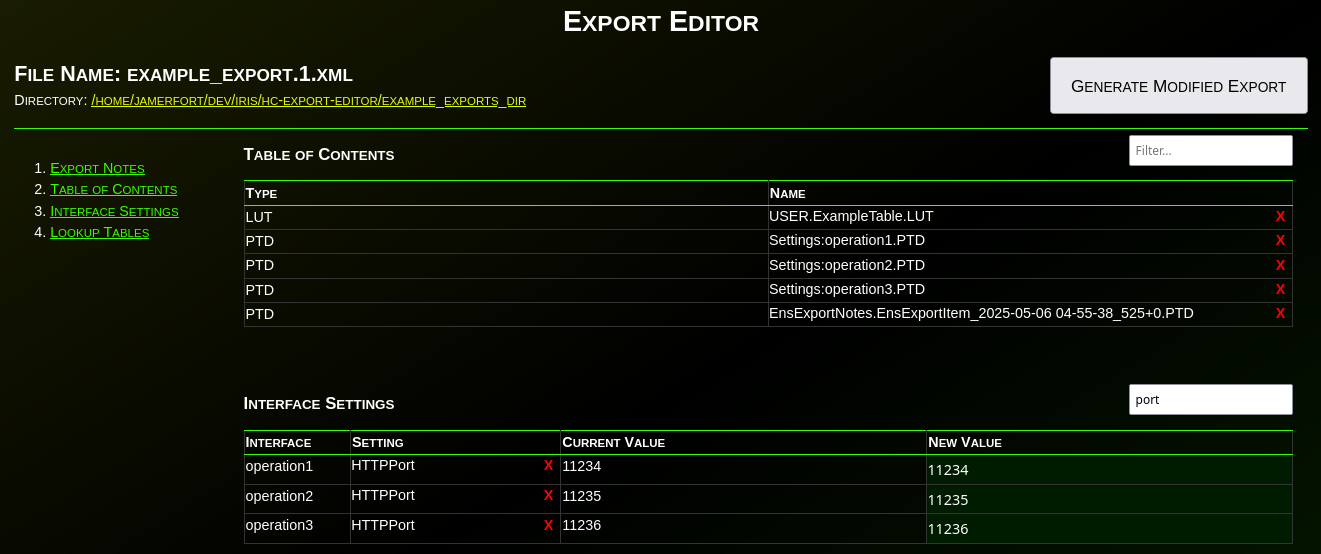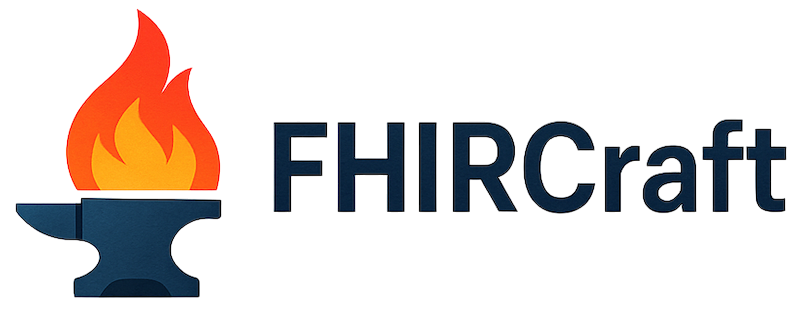Hello again,
We are still seeking feedback on our two new HealthShare Unified Care Record certification exam designs. This is your opportunity to tell us what knowledge, skills, and abilities are important for Certified HealthShare Unified Care Record Specialists.
The feedback surveys are open until July 20th, 2025. All participants are eligible to receive 7000 Global Masters points for each survey they complete!



.png)



.png)
.png)
.png)
